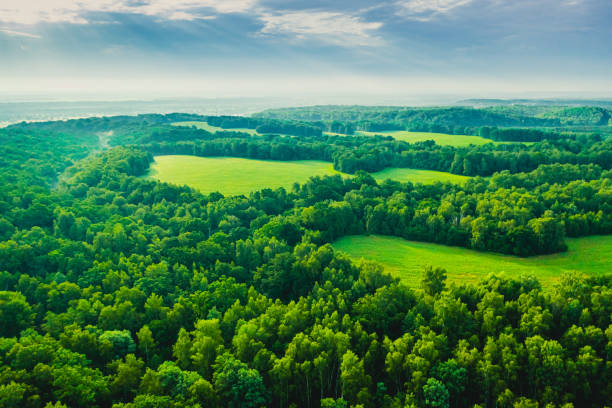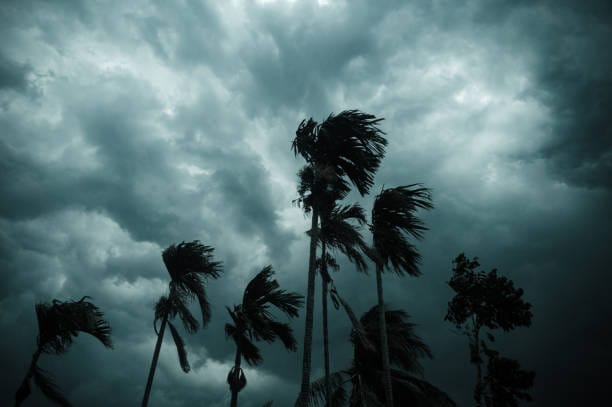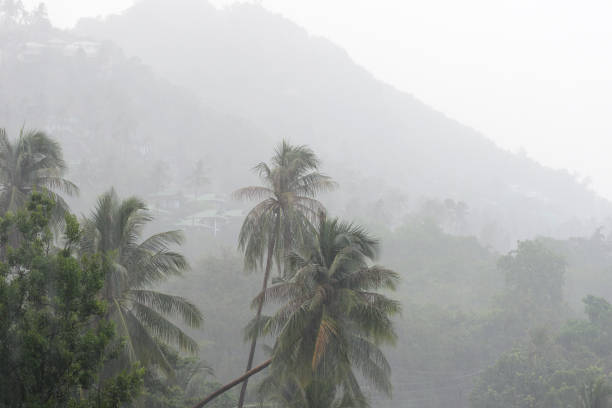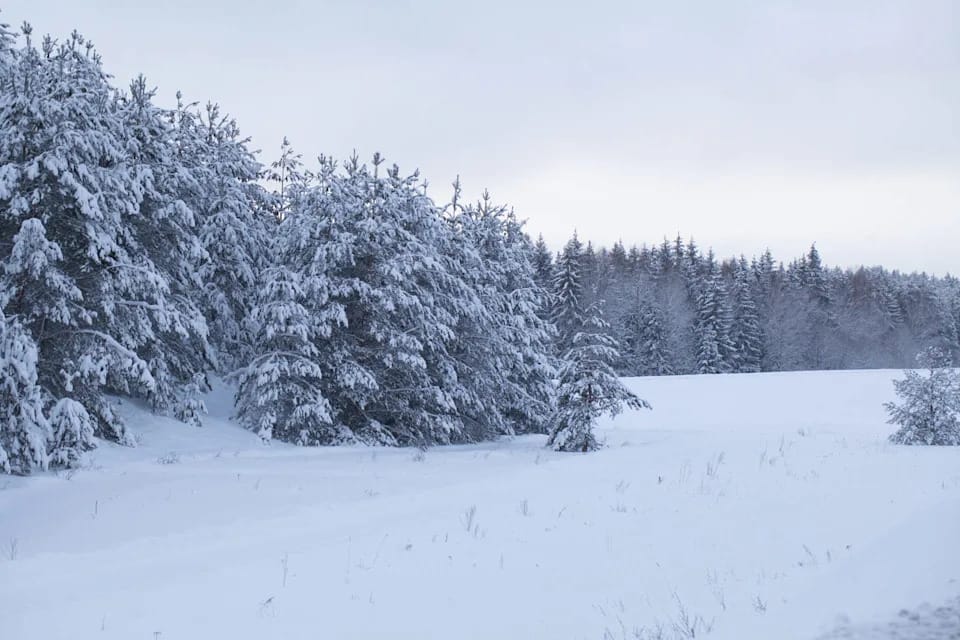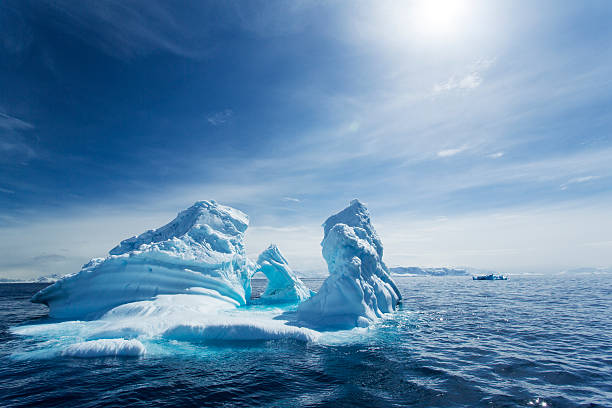More than four billion years ago, Earth was a planet of fire and fury. Molten rock bubbled across its surface, and oceans of lava stretched toward a young and hostile sky. There was no life, no trees, no birdsong, no green. Just the silent rage of geological birth. It is almost impossible to imagine that this same volatile sphere would one day cradle coral reefs teeming with color, rainforests bursting with life, and frozen tundras patrolled by towering mammals.
The story of Earth’s ecosystems is not just a chronicle of organisms—it is a story of transformation, resilience, collapse, and rebirth. It is the greatest epic ever written, and its characters are the species, the climates, the continents, and the forces that shaped them all.
Understanding how Earth’s ecosystems evolved over millions of years is not just about looking back. It’s about seeing ourselves—modern humans—as part of a long, astonishing lineage that emerged from chaos, adapted to change, and learned to shape the planet in return.
Let us walk together through this journey of life—not as scientists peering into dusty textbooks, but as time travelers watching ecosystems rise and fall, crash and recover, from the first microbes to the modern biosphere.
The First Breath of Life
The curtain rose on life around 3.8 billion years ago in a world still wild and uncertain. At first, life was invisible—microscopic cells, floating in the ocean’s dark embrace. These early organisms were simple, single-celled, and fragile, yet they carried the potential of everything that would follow. The earliest ecosystems were microbial, likely powered by chemical reactions in deep-sea hydrothermal vents.
Then something miraculous happened. Tiny organisms called cyanobacteria evolved the ability to harness sunlight. Through photosynthesis, they transformed solar energy into life-sustaining fuel and began releasing oxygen as a byproduct. Slowly, they altered the chemistry of the oceans and the atmosphere. It was an unseen revolution, but its consequences were staggering. Oxygen built up, poisoning many ancient microbes but also paving the way for more complex life.
These photosynthetic bacteria created the planet’s first real ecosystem—a biosphere driven by sunlight and oxygen. Stromatolites, layered structures formed by colonies of cyanobacteria, still exist today in parts of Australia and offer a living glimpse into that ancient, alien world.
The Rise of Complexity
For more than two billion years, life stayed microscopic. Then, in a blink of geological time—around 600 million years ago—multicellular life emerged. At first, soft-bodied creatures like sponges and jellyfish drifted through the oceans. But the world was about to explode with diversity.
Roughly 541 million years ago, during the Cambrian Explosion, life’s creativity surged into overdrive. Evolution experimented wildly. Shells appeared, limbs sprouted, eyes evolved. Predator and prey dynamics drove an evolutionary arms race. Ecosystems became more structured, layered with grazers, scavengers, hunters, and filter feeders. Coral-like structures began forming small reef ecosystems, setting the stage for more complex communities.
Underwater landscapes were filled with trilobites crawling across the seafloor, worm-like creatures burrowing into sediment, and bizarre, alien-looking predators like Anomalocaris hunting with spiked limbs and rotating mouths.
What’s astonishing is that most of Earth’s modern animal body plans—the core blueprints of vertebrates, arthropods, mollusks—were born during this period. Ecosystems began to specialize, with niches forming in shallow seas, deep oceans, and coastlines.
From Sea to Land: A New Frontier
For millions of years, life remained a marine affair. But around 470 million years ago, plants began creeping onto land. These weren’t towering trees or flowering bushes but tiny moss-like pioneers that hugged damp ground. With time, vascular tissues evolved, allowing plants to grow taller, pull water from soil, and spread further inland.
By 400 million years ago, the first forests appeared. Towering club mosses, ferns, and horsetails formed dense, swampy woodlands, and with them came insects, fungi, and eventually vertebrates. Amphibians, descendants of lobe-finned fish, took their first tentative steps onto land, breathing air with lungs and feeling solid earth beneath their limbs.
These swampy landscapes became carbon-rich crucibles. When plants died, their remains accumulated in oxygen-poor waters, eventually forming the coal beds that would fuel the future industrial revolution. The Carboniferous Period was one of the most ecologically transformative eras in Earth’s history, laying the foundation for terrestrial food webs and ecosystems.
The Age of Giants and Cataclysms
As the continents drifted and climates shifted, ecosystems adapted in dramatic fashion. The Permian Period saw the rise of complex terrestrial ecosystems—vast deserts, sprawling forests, and an array of reptiles, insects, and amphibians. But 252 million years ago, the story took a dark turn.
The Permian-Triassic extinction, known as “The Great Dying,” was the worst mass extinction in Earth’s history. Up to 96% of marine species and 70% of terrestrial species vanished. The causes? Likely a cocktail of massive volcanic eruptions, methane release, climate change, and ocean acidification. Ecosystems collapsed. Entire branches of life disappeared.
But evolution doesn’t stop. In the aftermath of devastation, new opportunities emerge. The Triassic Period gave rise to dinosaurs, who soon dominated every major ecosystem for the next 160 million years. Some ecosystems were hot and dry, populated by small carnivorous dinosaurs and early mammals. Others became lush and humid, teeming with giant herbivores and fierce predators.
Marine ecosystems also recovered. Giant marine reptiles ruled the oceans, and coral reefs began to flourish again. Meanwhile, in the skies, pterosaurs took flight.
Ecosystems under the dinosaurs were dynamic and diverse. Rainforests, deserts, wetlands, and coastal habitats all supported specialized species. Plants evolved rapidly, including the rise of flowering plants around 130 million years ago, which created new ecological relationships with pollinators like bees and butterflies.
Then, at the end of the Cretaceous Period, another catastrophe struck. A massive asteroid slammed into what is now the Yucatán Peninsula, triggering global fires, tsunamis, and a climate winter. Dinosaurs, save for one small lineage that evolved into birds, vanished.
The Mammalian Renaissance
With the dinosaurs gone, mammals took center stage. Over the next 66 million years, life diversified into forms both strange and familiar. From small, nocturnal creatures, mammals exploded into elephants, whales, primates, and bats. The Paleocene and Eocene epochs were lush and warm, supporting tropical forests across what are now polar regions.
Ecosystems became increasingly complex. In grasslands, herds of grazing mammals evolved alongside predators. In oceans, whales replaced the great marine reptiles. In forests, primates learned to climb, communicate, and form social bonds.
Ecosystems also began responding to more subtle shifts. Ice ages came and went, driving migrations, extinctions, and adaptations. During the Pleistocene, megafauna like mammoths, saber-toothed cats, and giant ground sloths roamed vast tundras and steppes. Predator-prey relationships intensified. Seasonal change became a powerful force in shaping ecological dynamics.
Then, one species stood up, walked upright, and began to alter ecosystems not by adaptation, but by will.
The Human Epoch
Humans are not outside ecosystems—we are part of them. But we are a unique force. Around 300,000 years ago, anatomically modern Homo sapiens emerged in Africa. Like other predators, we hunted and foraged. But our minds, our tools, our ability to cooperate and imagine, allowed us to do something unprecedented: we reshaped ecosystems intentionally.
Wherever humans went, extinction followed. In Australia, giant marsupials vanished. In the Americas, mammoths and mastodons disappeared. Ecosystems were being restructured by fire, agriculture, and hunting.
With the advent of farming around 10,000 years ago, humans began to truly dominate ecosystems. Forests were cleared, rivers diverted, species domesticated. Cities rose. Civilizations flourished. Ecosystems changed not through climate or plate tectonics, but through the ambitions of a single species.
The Anthropocene—a term used to describe our current geological epoch—is defined by human impact. From coral reefs bleached by warming oceans to rainforests felled for agriculture, Earth’s ecosystems are under stress. But they are not dead. They are changing, adapting, and in some places, showing resilience.
A Living Planet in Peril and Potential
Today, Earth still pulses with life. Rainforests hum with insects and birdsong. Arctic tundras bloom in summer with wildflowers and moss. Deep-sea vents nurture strange, glowing creatures. And high in the sky, migrating birds trace routes forged by ancient instincts.
Ecosystems are networks—woven tapestries of life forms interacting with one another and their environments. They evolve. They recover. They collapse. They reassemble.
The question now is not whether Earth’s ecosystems will survive—they will, in some form. The question is whether the ecosystems that support modern human life, culture, and civilization will continue to thrive. Climate change, biodiversity loss, pollution, and habitat destruction are testing the limits of resilience.
But just as cyanobacteria changed the world, just as forests reclaimed scorched volcanic land, ecosystems have an incredible capacity for renewal—if given the chance.
What We Can Learn from the Past
The story of Earth’s ecosystems is not linear. It is a story of leaps and setbacks, of invention and erasure. Every mass extinction made room for a new explosion of life. Every collapse carried within it the seeds of renewal.
Understanding the history of ecosystems reminds us that life is not fragile—it is tenacious. But it also shows us that the balance of life can be disturbed, sometimes irreversibly.
We live in a moment where we hold more knowledge, more power, and more responsibility than any species before us. We are the first to understand the vast, interconnected systems that make up Earth’s biosphere—and the first to threaten them knowingly.
But we are also the first species with the power to protect, to restore, and to choose a different path.
The Story Continues
From the first breath of microbial life to the sprawling complexity of modern ecosystems, Earth has never stopped changing. And life has never stopped responding. Ecosystems are not fixed—they are symphonies of adaptation, improvisation, and evolution.
As we look forward, our greatest challenge is not to save Earth—it will endure. Our challenge is to ensure that the ecosystems that gave birth to us, that feed and shelter us, continue to thrive in a way that allows the story of life to continue, not as a tragedy, but as a triumph.
